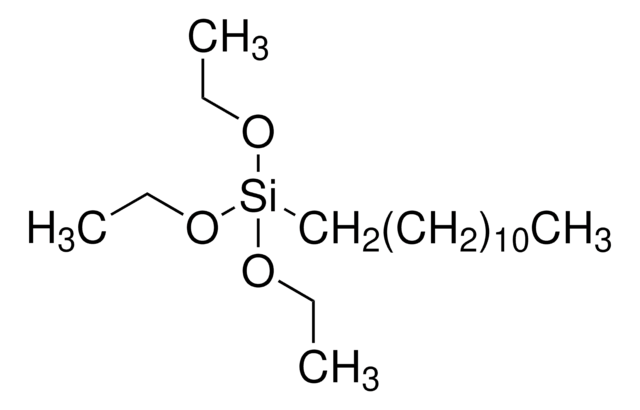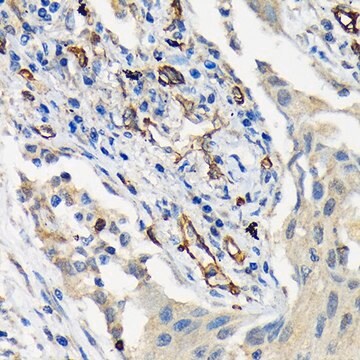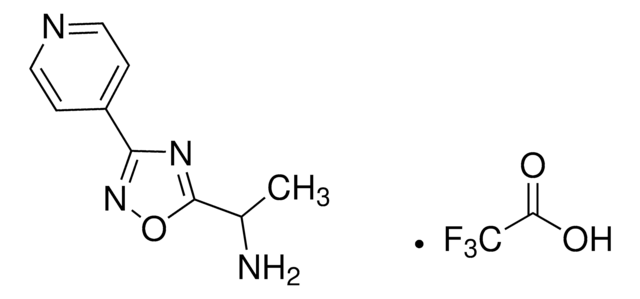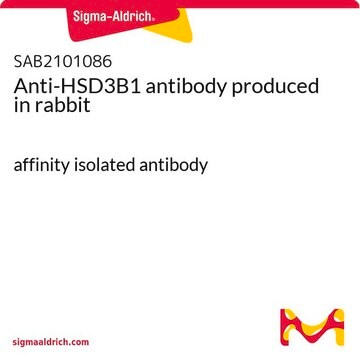MAB16985
抗MCAM抗体,克隆P1H12
clone P1H12, Chemicon®, from mouse
别名:
CD146 antigen, Cell surface glycoprotein P1H12, Melanoma-associated antigen A32, Melanoma-associated antigen MUC18, S-endo 1 endothelial-associated antigen, melanoma adhesion molecule, melanoma cell adhesion molecule
About This Item
推荐产品
生物源
mouse
品質等級
抗體表格
purified immunoglobulin
抗體產品種類
primary antibodies
無性繁殖
P1H12, monoclonal
物種活性
mouse, canine, human
應無反應活性
rat
包裝
antibody small pack of 25 μg
製造商/商標名
Chemicon®
技術
ELISA: suitable
flow cytometry: suitable
immunocytochemistry: suitable
immunohistochemistry: suitable
immunoprecipitation (IP): suitable
western blot: suitable
同型
IgG1
適合性
not suitable for immunohistochemistry (Paraffin)
NCBI登錄號
UniProt登錄號
運輸包裝
ambient
儲存溫度
2-8°C
目標翻譯後修改
unmodified
基因資訊
human ... MCAM(4162)
相关类别
一般說明
特異性
免疫原
應用
1-10 μg/mL 先前批次的抗体用于免疫细胞化学。在 EDTA 或胰蛋白酶悬浮的内皮细胞中效果最佳。
免疫组化:
1-10 µg/mL。4% PFA,室温下30min或4°C下<2h。采用1%BSA/0.2% tween20/PBS封闭30min。非常适合固定或未固定的冷冻组织。
免疫沉淀
1-10 μg/mL 先前批次用于免疫沉淀。
ELISA:
1-10 μg/mL 先前批次用于 ELISA。
FACS 分析:
1-10 μg/mL 先前批次用于 FACS。
最佳工作稀释度必须由最终用户确定。
品質
蛋白质印迹分析:
该批次以 1:500 的稀释度在 10μg HUVEC 裂解液中检测到 MCAM。
標靶描述
外觀
分析報告
HUVEC 细胞。
其他說明
法律資訊
Not finding the right product?
Try our 产品选型工具.
儲存類別代碼
12 - Non Combustible Liquids
水污染物質分類(WGK)
WGK 2
閃點(°F)
Not applicable
閃點(°C)
Not applicable
我们的科学家团队拥有各种研究领域经验,包括生命科学、材料科学、化学合成、色谱、分析及许多其他领域.
联系技术服务部门







